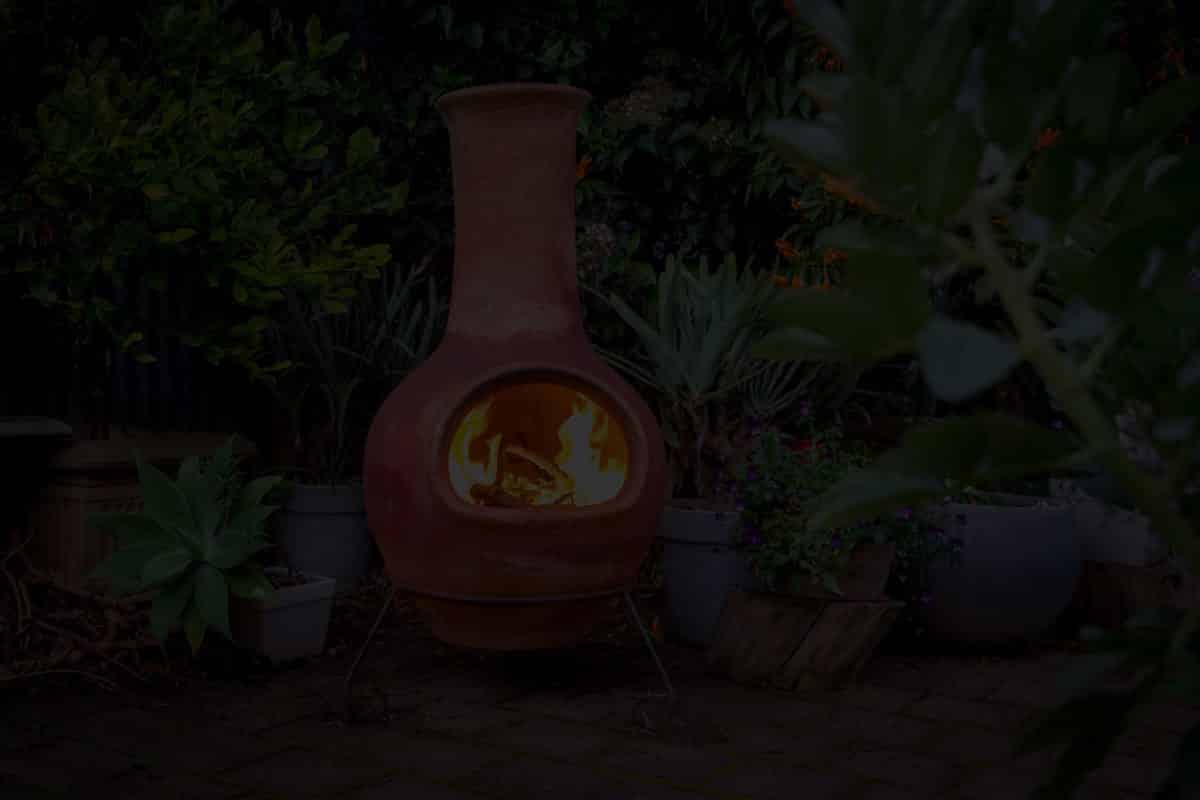Uncategorized
Quirky Traditional Cooking Methods Around the World
In Britain the kitchen sits at the heart of the home, a place where families and friends gather together. In recent years we’ve started taking our love of good food and entertainment outdoors, thanks to the fast-growing availability of fun stuff like in time to the old days, when life was simpler. We go alfresco for fun. But for many developing nations, traditional cooking is still widely used, still the everyday way to prepare and cook tasty food. Here’s a look at just some of the world’s simplest traditional cooking methods.
Traditional cooking methods – The three-stone fire
Cooking doesn’t get much simpler than the ancient three stone fire method, still used by people in plenty of developing countries to cook food. It’s a lot more efficient than a pot hung over an open fire, essentially a fire surrounded by three or more stones, bricks, or piles of mud. This creates a super-hot space between the cooking vessel and the flames, ideal for cooking. It costs next to nothing, it’s efficient, it’s portable in that you can set one up anywhere, and you don’t need any special materials, tools or skills to build one.
The Kenyan Jiko stove and the south Indian Lorena
In Kenya the jiko stove is popular, a simple metal casing containing a fired pottery liner. It can be carried around and runs best on charcoal. In western Kenya potters make ceramic stoves called upesi, sometimes actually built into a kitchen to create a cooker with a solid clay lining, sometimes inside a steel shell which makes them portable. In southern India the magan chula, also known as the lorena, is a massive, solid, long-lasting mud stove that often features several cooking holes, perfect for cooking multiple dishes at the same time.
Sri Lankan anagi and solar cookers used by refugees
In Sri Lanka the anagi is the traditional choice for cooking, a pottery wood stove produced locally by highly skilled artisans. And the world over, refugee communities with little or no access to wood use solar power. There’s an endless variety of ingenious home made solar cookers, often made from glass and metal, simple to use and giving off practically no emissions. They are, however, obviously no use after dark.
The Guatemalan plancha
In the highlands of Guatemala, the chimney-like plancha stove has been used for thousands of years. These days it’s usually made from concrete blocks with a metal chimney, long lasting and incredibly rugged. Used indoors, they also chug out lots of heat to keep people’s homes warm, essential up there where the air is thin and the weather can be cruel.
Contemporary cooking stoves for developing nations
Sadly there are several refugee crises underway in the world right now. Take Rwanda, which is a relatively wealthy but very crowded country with a booming population plus a stream of incoming refugees fleeing conflict in neighbouring countries. This ongoing population growth means there’s a greater demand for energy, but a shortage of land and resources means there isn’t enough wood to fuel ordinary cooking stoves. Worse still, a lot of the traditional dishes people in Rwanda cook take ages to prepare, especially when they involve staple foods like beans and corn.
Luckily the Safer Rwanda organisation, Rwanda Womens Network, and the Office of the United Nations High Commissioner for Refugees are working with other organisations to replace traditional charcoal stoves and 3 stone fires with extremely efficient biomass stoves. Some of the parts are pre-made in Germany and the other parts plus the stoves themselves are made in Rwanda, helping to fuel the local economy. This is just one of a host of new initiatives around the world to help displaced people cook food efficiently and climate-sensitively. You can find out more about the Rwanda project here, and more about the need for clean, efficient cooking stoves here.
The Spanish-Mexican chiminea
Chimineas are still used in rural Mexico and date right back to the 1600s, when the idea was brought to the New World by Spanish explorers and conquerors. Some are small and neat, designed to provide basic warmth in much the same way as a camp fire would. Some are as tall as seven or eight feet, created for baking bread and cooking complex meals. Some are very little, used to hold a candle, providing safe, stable lighting indoors and out.
Spare a thought for people still cooking the traditional way
Next time you fire up your chiminea, BBQ, fire pit or pizza oven in your backyard, spare a thought for the people who still cook using chim-like stoves and basic fires. The Munchies website covers the amazing story of one Syrian refugee chef, who cooked delicious food in one of the notorious Calais camps using a tiny gas stove and just one knife. It’s fascinating. Could you manage cooking on something that simple every day, rather than just for fun? It’s a sobering thought.

